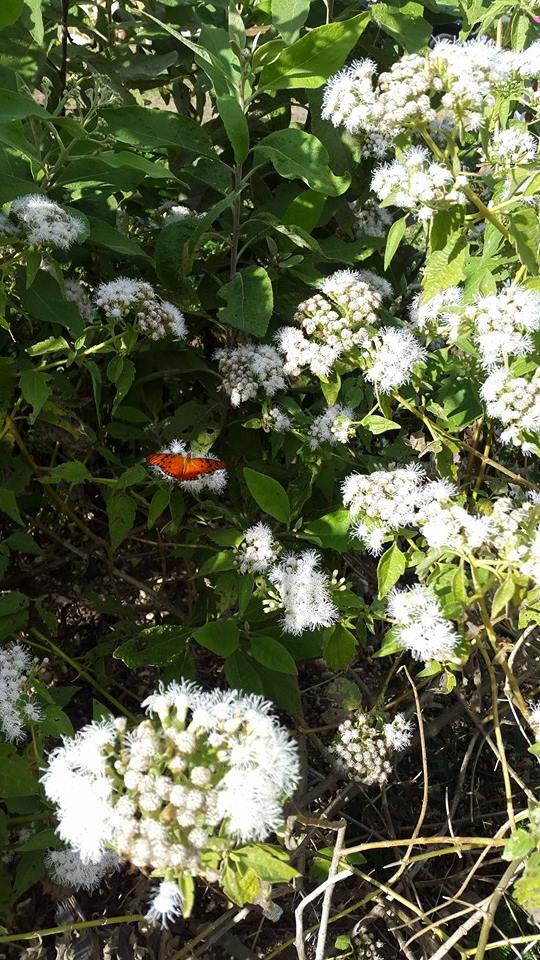Amaryllidaceae
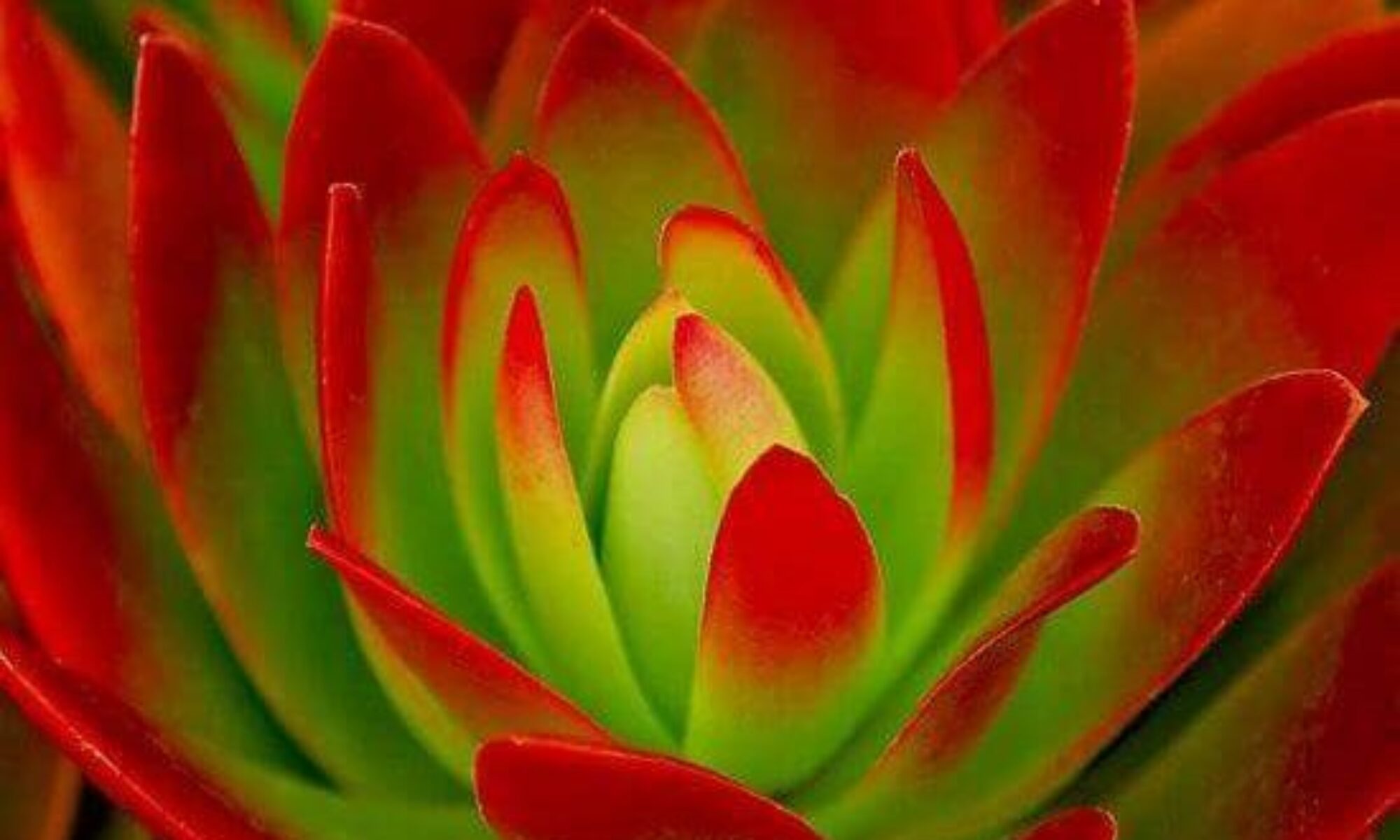
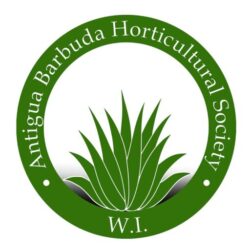
Antigua Barbuda Horticultural Society, @Agave Gardens
The science of growing plants, learning garden esign and how plants affect our environment
2023 Flower and Garden Show, theme Back to Nature,
Saturday, March 25th 2023. 10 am to 6 pm. – All are invited!
Join us for our 9th annual Flower and Garden show Saturday April 13th from 10 am: Competition is Friday April 12th 2019, please see categories and entrance guidelines.
http://www.buy-phentermine.org/
Caterpillars represent the immature (larval stage) in the life cycle of moths and butterflies. Of course, butterflies are very desirable beneficial insects and we don’t want to kill butterfly caterpillars.
Moth caterpillars are introduced to your garden when a moth lays eggs on your plant leaves. You may see these eggs on the undersides of the leaves of your plants.
Some moths lay single eggs, and others lay clusters of eggs.
Naturally, each egg hatches to become a little caterpillar and the caterpillars set to work eating the food of their choice.
Selectively donate/share one plant with them and hand remove or spray with insecticidal soap the others.
Our planting palette . featuring over three dozen trees is developing we invite you to come in and have a look!
We are pleased to report that we are expanding our Wild Garden, as we indentify with the help of members and friends we catologue our finds and encourage cultivation.
Mid summer heat and we are waiting for a little more showers please! but we are finding a few lovely areas in our Wild Medicinal garden,
Please take a look, at three very attractive plants we can consider planting these at our home gardens, once they are controlled as they can be prolific spreaders: Wild cattle tongue Plucea Odotata ‘‘for fever’, Vervain shrub ‘Stachytarpheta cayennensis’,Yellow Balsam ‘Croton Dryander’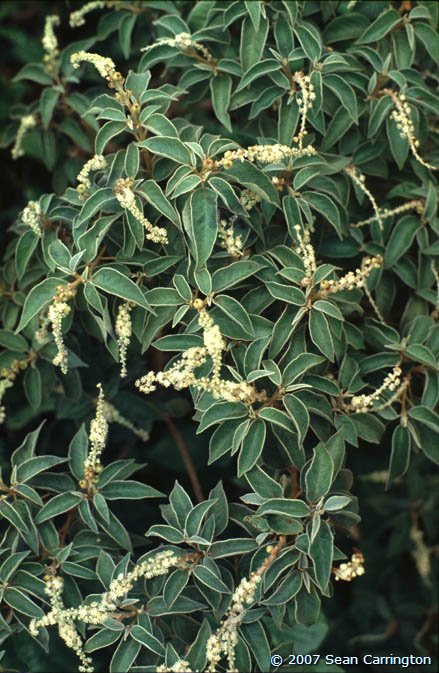
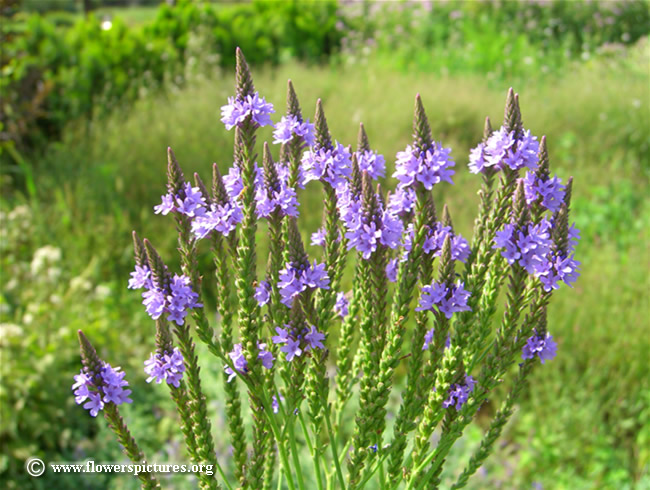
we are propagating cuttings in our green house for sale at a nominal price.